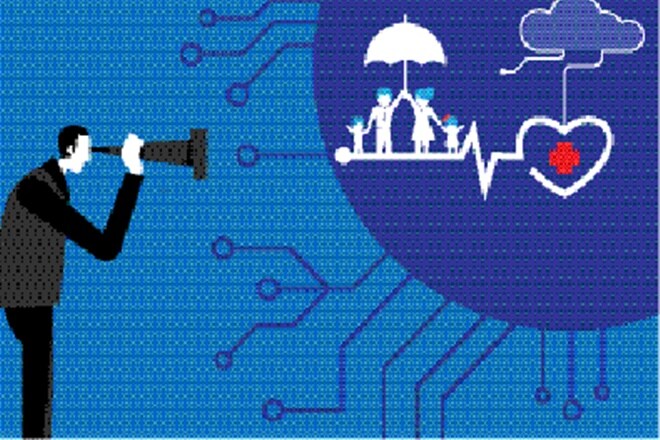By-Tapan Singhel
Healthcare in India is in the eye of a proverbial storm. There has been considerable debate over public policy in regulating private healthcare and providing affordable access to every Indian. Rising healthcare costs and increase in lifestyle diseases have drawn requisite attention towards health insurance. Health insurance is a protective tool that just does not ensure the best treatment possible but can also efficiently improve the mortality rate in any given country. There are many people who don’t go for the best treatment because they cannot afford it. This, in turn, has brought health insurance to the focus which has been the fastest growing segment in the general insurance space.
Basic to comprehensive
Health insurance, and the way it’s sold, is fundamentally undergoing a transformation in our country owing to various socio-economic changes. Health insurance covers today have already moved beyond hospitalisation covers to comprehensive OPD, whereby customers can take advantage of higher tax gains and ensure that they do not have any out-of-pocket medical expenses when faced with any medical condition.
Additionally, to provide holistic healthcare solutions, insurers have started creating a collaborative ecosystem around wellness and preventive care and long-term relationship with their customers by providing comprehensive health maintenance facilities and wellness platforms where customers can store, monitor and track their health records through self-service mobile applications provided by insurers.
Integration with technology
In recent times, rising interest towards adopting wearable connected devices based on Internet of Things (IoT) and mobile health devices has shown that irrespective of their age-group Indians are keeping a tab on their health. The technology, with the aid of smartphone applications and medical devices, is allowing individuals to continuously track everything from blood sugar levels to blood pressure, physical activity and manage chronic conditions.
Recognising the impact of wearable devices and its potential in health insurance, the regulator has recently formed a working group and has prompted insurers to understand its usage and impact in insurance. The next year will be about unboxing the scope and channels to leverage the IoT world for the health insurance segment.
If opted for, the usage of wearable devices will enable insurers to get more data assistance in order to underwrite health policies. Actuaries can assess the data received from these devices and based on an individual’s lifestyle, may offer customised products, bringing in differential pricing of insurance policies. The insinuation here is that fitness conscious individuals maintaining a healthy diet and exercise regime may be incentivised for the choices that they make in comparison to those who are lax in these aspects.
Evolving distribution
Health insurance penetration in India stands at barely 0.7% in India with the healthcare sector being largely underpenetrated. It is estimated that approximately 3.2% of Indians fall below the poverty line because of high medical expenses and 30% of rural and 20% of the urban population do not go for treatment due to financial constraints. Therefore, expansion of mass health insurance schemes to more geographies will be instrumental in expanding the reach of health insurance and creating a financing mechanism for rural healthcare.
The year gone by has also seen some significant regulatory changes in the crucial aspect of distribution of insurance products. The regulator’s step to allow health insurance products to be also sold through Point of Sale (PoS) persons is a vital step in that regard and we can expect it to bear fruit.
Adoption of new-age technologies will keep insurers focused towards customer-centric health insurance products that will not only encourage preventive care and incentivise the proactive health management but will also aim at seeding constant engagement with the customers. I believe 2018 will be a year of significance where a cost-effective and sustainable distribution system along with viable mechanism will grab the centre stage to ensure that benefits of health insurance reach the masses. If insurance reaches each and every citizen, average lifespan will also rise by five years.
The writer is MD & CEO, Bajaj Allianz General Insurance


